English Mastiff vs Great Dane: The Ultimate Breed Comparison
Let’s admit it, owning a Mastiff dog can surely garner lots of public attention should you decide to take him on an afternoon stroll. Generally, the looks of every individual Mastiff breed ranges from gentle and dignified to menacing.
Their common denominator as Mastiffs is their memorably enormous size that can outweigh an average human. If this beguiles you, you should know about the English Mastiff and the Great Dane.
Owning either one of them will give off a feeling of having an ancient and mysterious domesticated companion. Keep reading this article, and find out why these two are outstanding, and see which one should you ultimately settle with!
Table of Contents
Breed Origins
English Mastiff
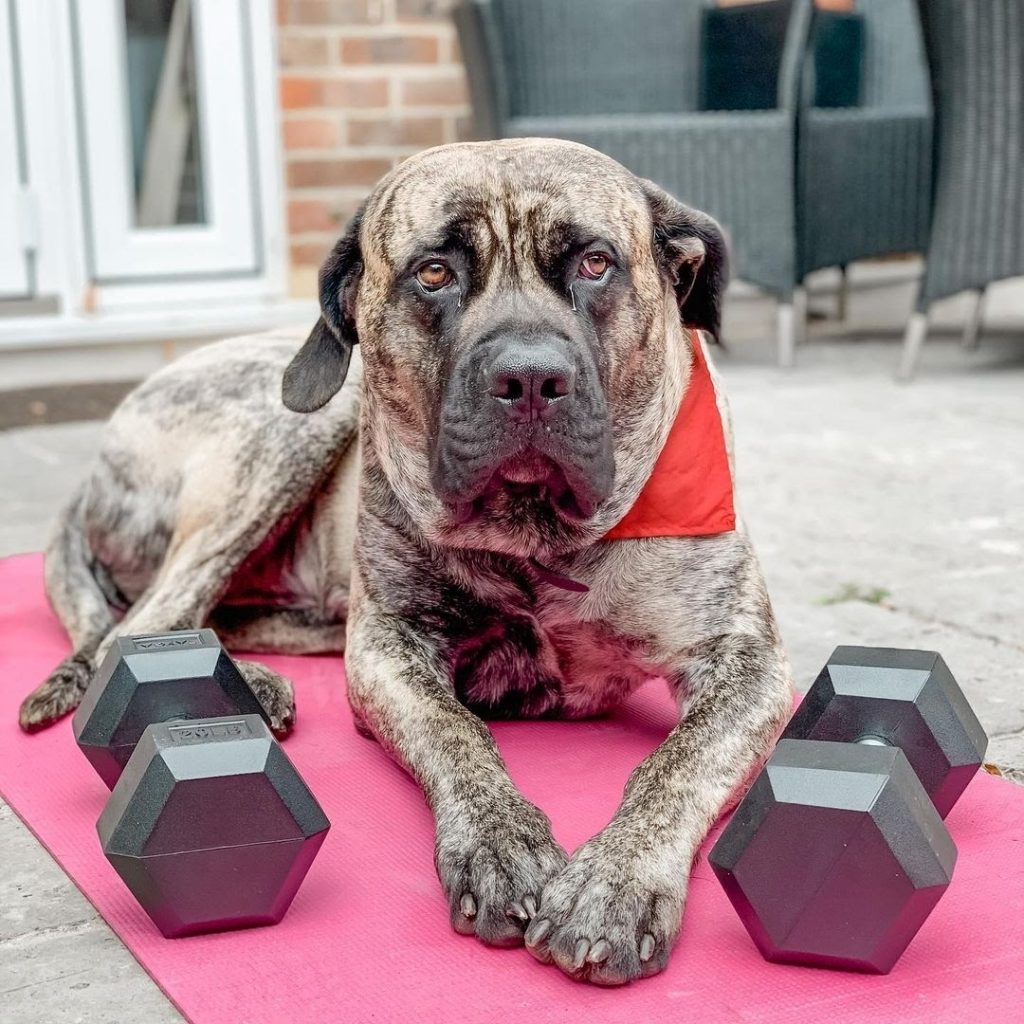

England is the birthplace of the developed English Mastiff we know of today. This dog has existed for thousands of years that even Julius Caesar, the famous Roman conqueror, has witnessed it defend alongside the opposing army.
The performance and capacity of the English Mastiff as great war dogs left Caesar impressed. Several English Mastiffs were eventually brought to Rome where they got pitted to fight against gladiators and other wild beasts in the arena filled with excited spectators.
During the two notable world conflicts from 1914-1918 and 1939-1945, families were no longer able to feed their massive pets. Famine spread throughout the land and the English Mastiff’s bubble almost popped into extinction. Luckily, two English Mastiffs from Canada were sent to England and the numbers thrived back.
Great Dane
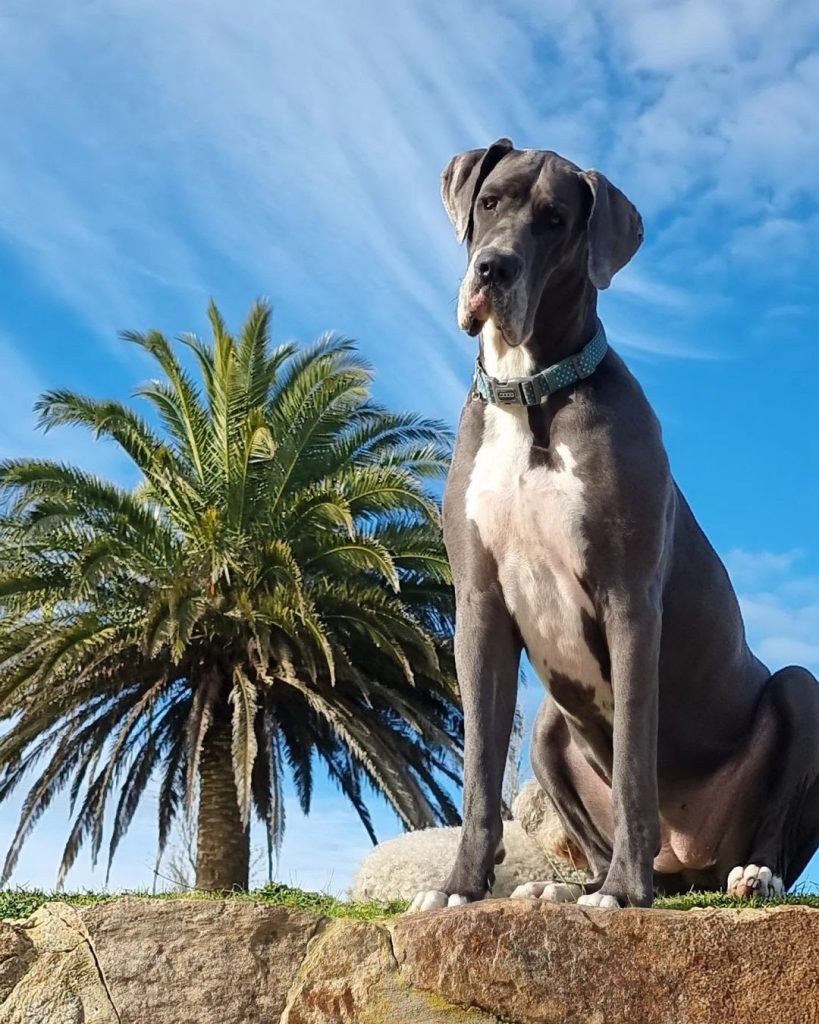

The Great Dane has been around for over 400 years now. It is believed that his line connects from the English Mastiff and an Irish Greyhound due to his great size and resemblance to the Greyhound. This dog was initially bred to hunt boars while some of the dogs of this breed served mainly as guard dogs for country estates.
Before, a French naturalist spotted this magnificent breed in Denmark and labeled him the Great Danish Dog which is why some people today are often confused about its origin. However, it is Germany which refined the Great Dane even before the French naturalist discovered it.
Later on, in the 1800s, wealthy Germans continued developing this dog specifically on temperament making it more suitable for human companionship. Thankfully, this experiment turned out to be very successful.
Size, Appearance, & Coloring
English Mastiff
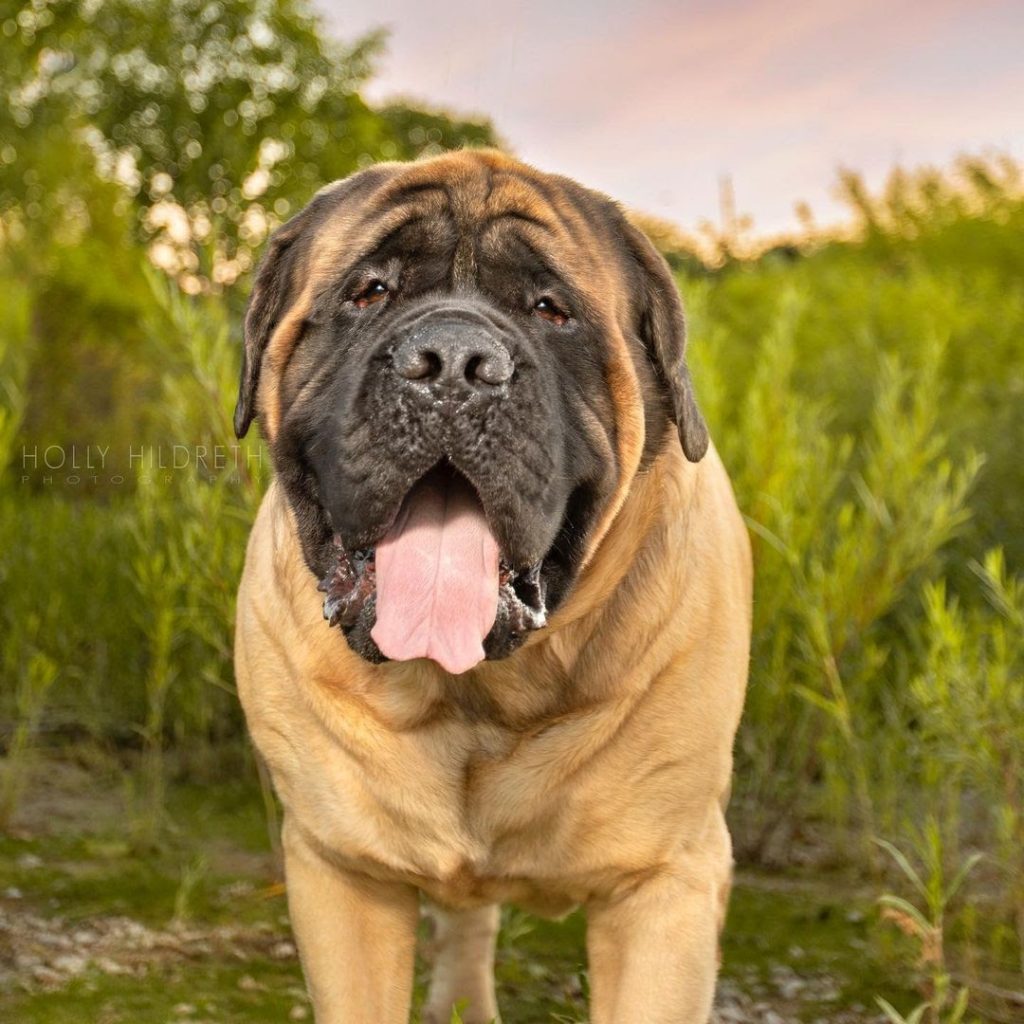

The English Mastiff can easily reach a minimum height of 27.5 or even go overboard 30 inches. His weight is heavier than that of an average human as this colossal canine can be 230 pounds heavy or more. Due to his size, homes with bigger spaces are the more suitable living environment for an English Mastiff.
The remarkable features of this dog are countless. Let’s start up with his black mask that covers the entire square muzzle up to the surrounding areas of his eyes. The next one is his small ears on the sides of his face whose colors match the prominent shade on his look. His head is broad and heavy while his mouth is loose and prone to drooling.
Athletic, robust, and powerful. These are the three words that can describe the overall appearance of the Old English Mastiff. His legs are muscular and his tail rests between his hindlegs when the mood is neutral.
There are only three recognized colors for this breed and they are fawn, brindle, and apricot.
Great Dane
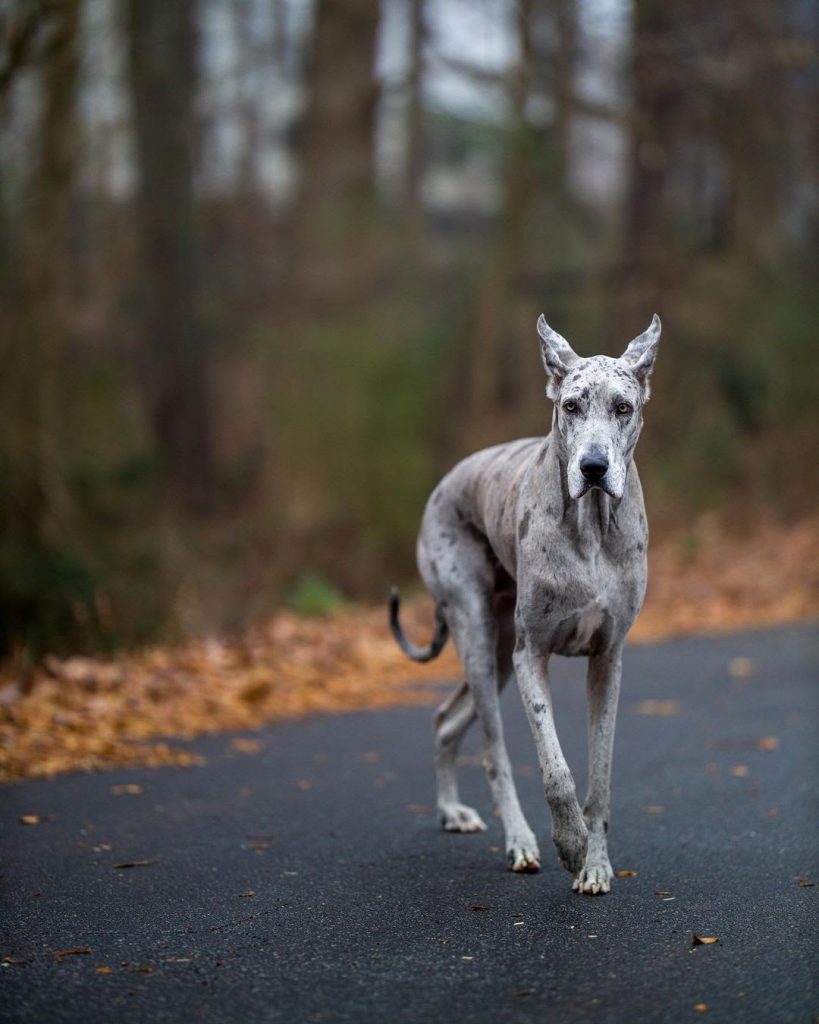

The German Mastiff is tall, lean, and most of all, big! His height ideally towers anywhere between 28-32 inches and a mass that is 110-175 pounds.
Since a Great Dane isn’t something most people see on a day-to-day basis, there is a chance that someone will mistake this dog’s breed for another. However, by identifying his features, this subtle Great Dane will be easily spotted.
First, he has a rectangular head and muzzle with ears that are sometimes cropped only for cosmetic purposes. His teeth have a scissor bite and his general body is known to be very muscular and it tapers on the end. The eyes are dark and deeply set on his tight almond-shaped eyelids.
Lastly, his tail should naturally look like a continuation of the spine, sleek and flat as per breed standards. Commonly, his colors are black, fawn, brindle, mantle, blue, and harlequin.
Temperament
English Mastiff
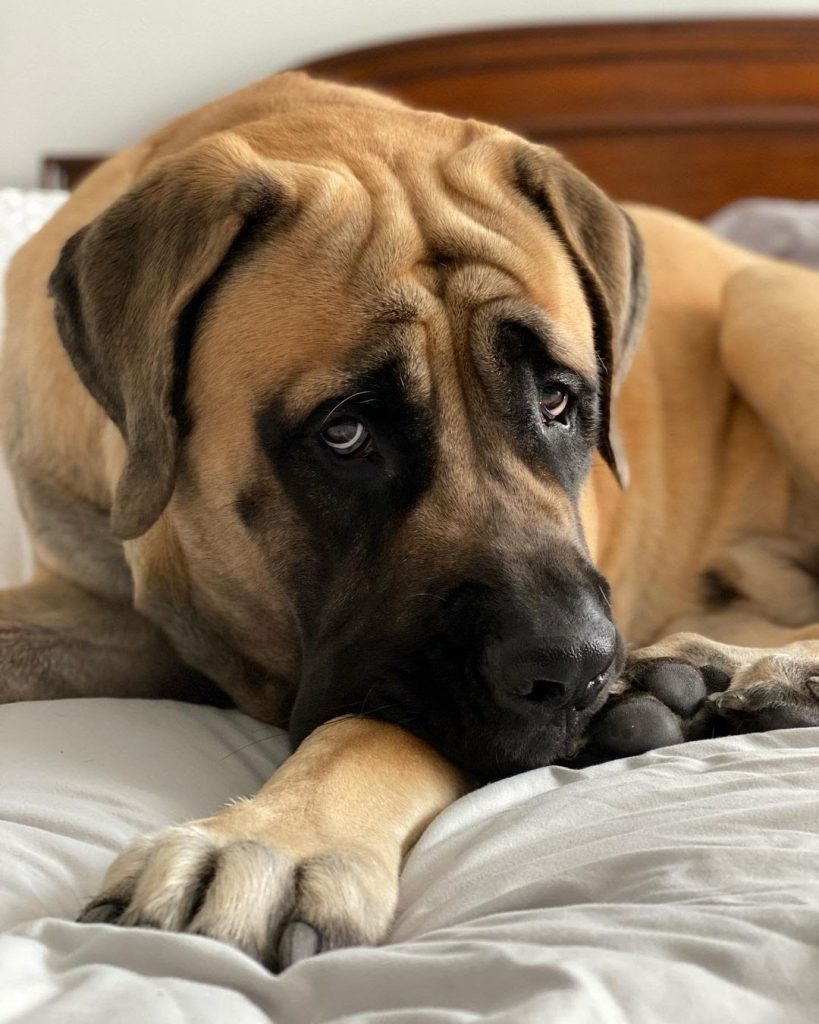

Labeled as a gentle giant, the English Mastiff is indeed a king-size with a dignified and calm temperament. This demeanor makes him great with older kids but never with toddlers as he can cause accidents due to his heaviness. Nevertheless, he’ll take care of your youngsters and even consider them as his puppies worthy to be protected at all times.
In addition, this dog has a pack mentality who would enjoy bonding with other dogs as long as he was properly socialized. Never leave him out alone, tied in the backyard, or else boredom will take a toll on his behavior.
Since the English Mastiff is a natural guardian, this instinct kicks in instantly when visitors arrive at your home. He may not be a notorious barker, but he’ll remain very vigilant and ready when unfamiliar faces surround the family.
Great Dane
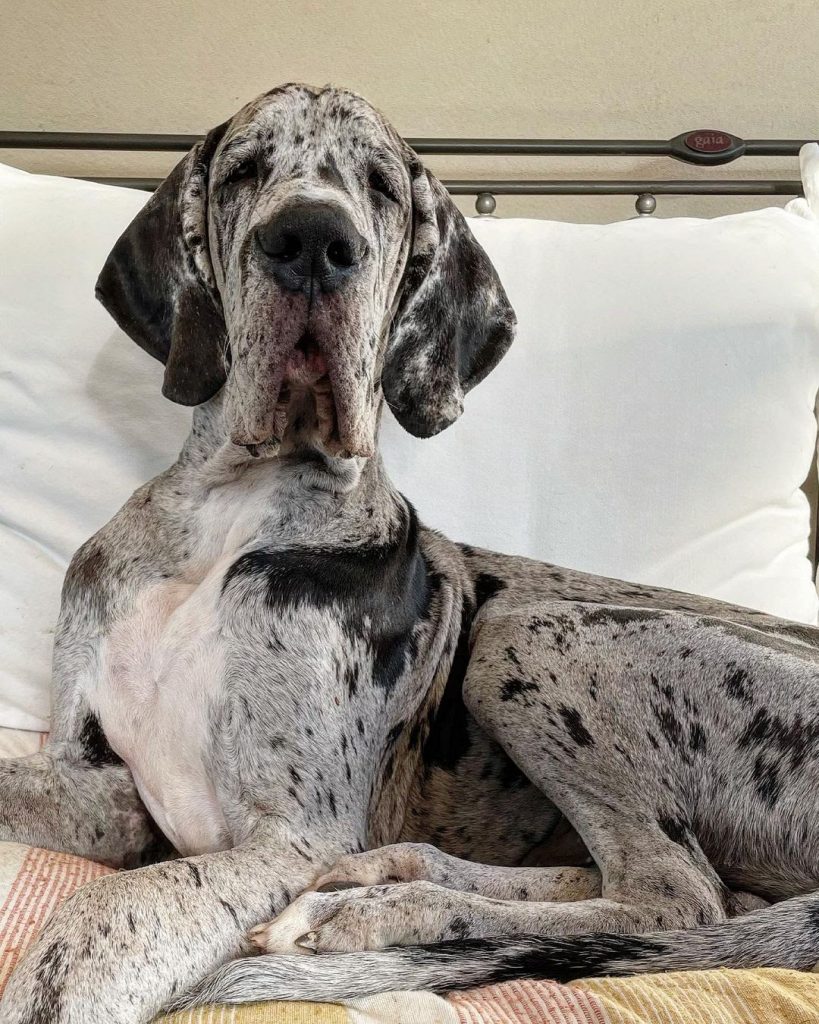

With its stature and enormous build, the Great Dane might be assumed as an athletic dog. Don’t be fooled, however, as he is notably a couch potato. Despite all the fun games you could offer, deep down, the Great Dane wants to become a lap dog. He will often forget about how big he is in times when he wants to be petted, hugged, or cuddled.
Despite his fondness to laze, this dog cannot be underestimated when it comes to protecting your home. Family members can get near him without any problems, but strangers should be wary when approaching a Great Dane.
If you have other housepets, most dogs of this kind can get along well, while others will exhibit intolerance. Observe and understand your dog’s behavior before bringing home a new family addition or let your pets grow together while they’re young.
Trainability & Intelligence Level
English Mastiff
There are a plethora of available dog trainers out there which you can hire for your gigantic English Mastiff, but nothing is better than an owner who does the drills himself for his lovely pet. Training is also a sort of bonding that improves the owner-and-dog dynamics eventually making them two peas in a pod.
Drills must be short, stimulating, and fun to keep your pet interested. Once he gets bored, it’s already hard to bribe him back into the session. Be firm, patient, and consistent, always stick to the rules, and be generous and careful with your remarks in dealing with this canine.
Mastiffs are intelligent and they can learn things quickly when training is done well.
Great Dane
Starting the training early proves to be a convenient technique once your puppy matures into adulthood. The naturally smart Great Dane pup has an eager-to-please attitude making training easier. Some are food motivated and this can be used to encourage them to obey. Still, a fraction of these dogs can be stubborn and do things their way.
In honing this great German dog, experience is essential. If you are doubting your training skills, you can hire a professional or learn from youtube videos and tutorials. Never start on complex ones no matter how exciting the results can be. Basic commands can be the beginning and the rest will be history.
Exercise Needs
English Mastiff
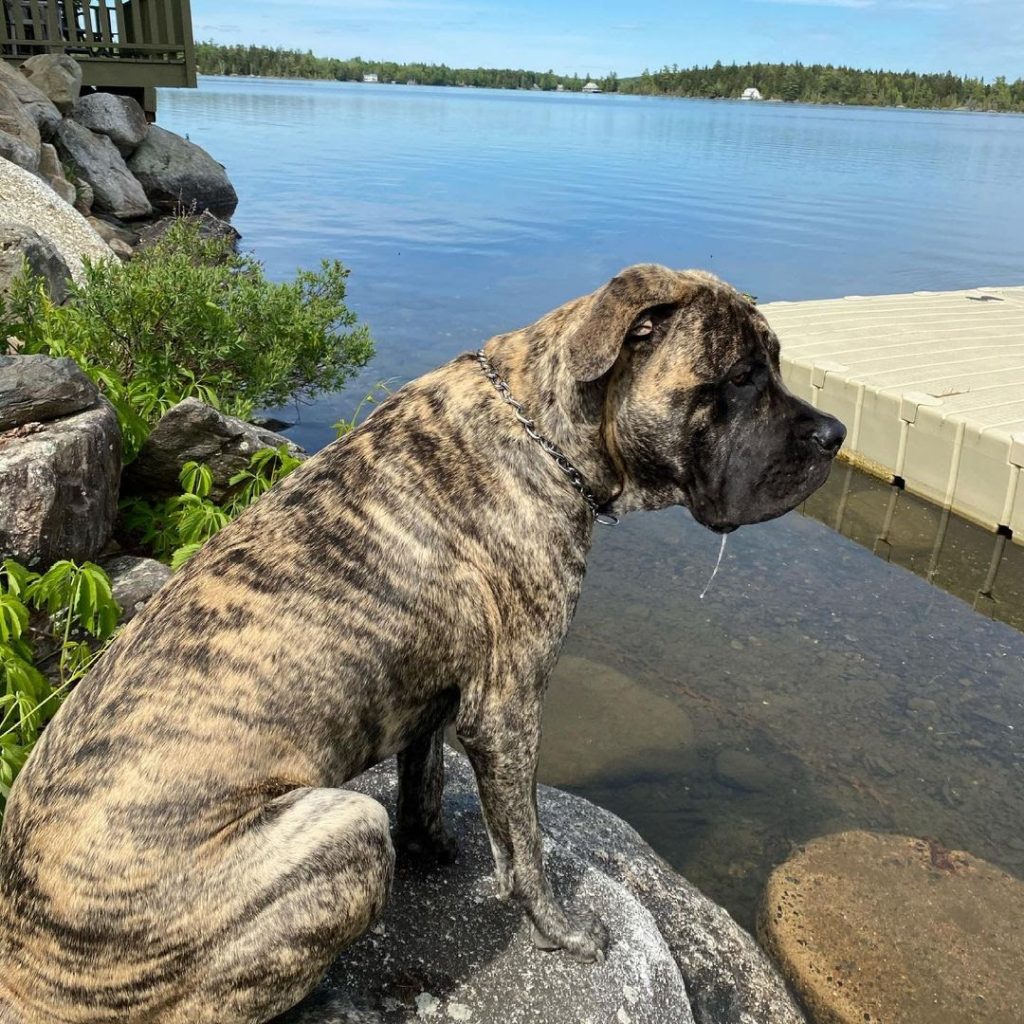

There’s no need to uncontrollably sweat out your English Mastiff to fulfill his exercise needs. A daily walk that is an hour-long divided into shorter sessions will be enough to keep his joints lubricated and his muscles improved.
Although this dog breed can be inactive, for health reasons, always encourage him to go out and move around in your yard. The only thing you have to keep him from doing is to jump or do excessive exercises.
Great Dane
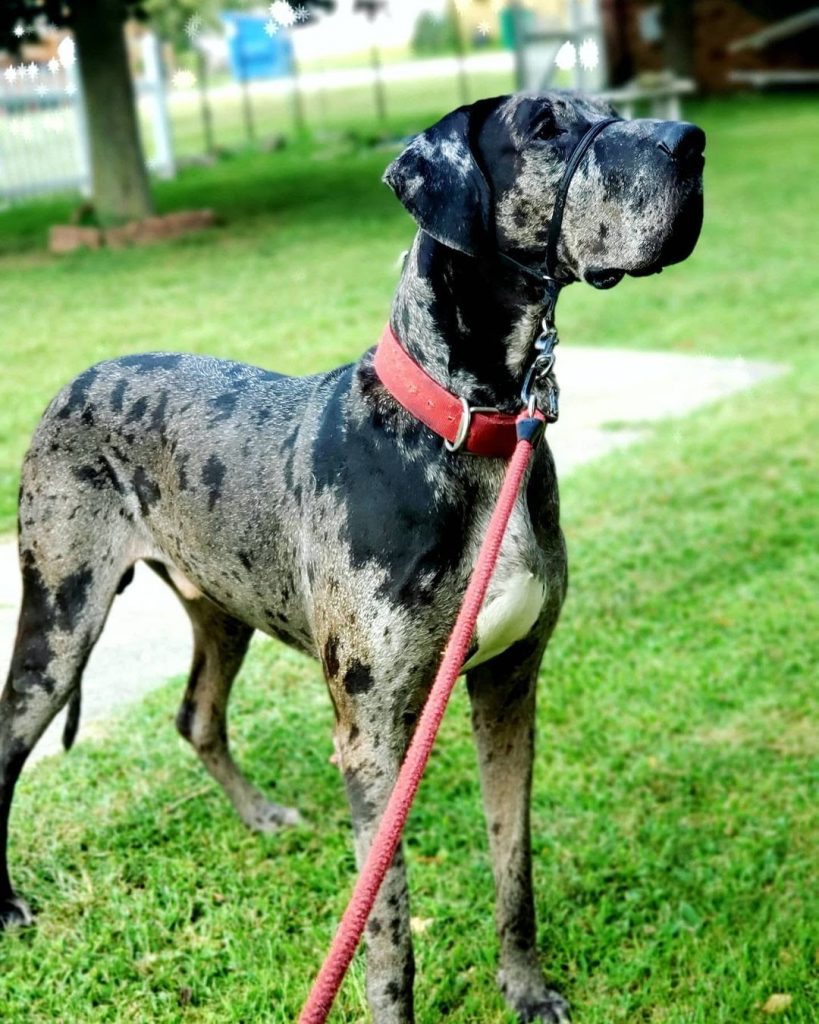

There are so many fun activities you can do if you opt for a Great Dane. To name a few, the basic jogs or walks can be replaced by hikes, games, swimming, or other agility sports. He would typically need 30 minutes to an hour daily to suffice his moderate exercise needs.
If your Great Dane is a puppy, expect him to be more energetic so keep him entertained to maintain positive and mild behavior. Aside from preventing destructive habits, exercise is good for the Great Dane to protect him from having certain health issues.
Maintenance Level
English Mastiff
Unlike other dog breeds, the English Mastiff does not need to be brushed daily. Doing this once a week is enough to keep his skin and coat healthy. Baths can be done when needed, but if your Mastiff likes to be clean instead of playing in the dirt, then it’s mostly unnecessary.
On another note, always check on the Mastiff’s eyes. To avoid infections, ensure that it is clean. The same applies to his nails. Trim them regularly.
Great Dane
Surprisingly, the Great Dane isn’t a high-maintenance dog! He is a low odor breed and would usually not require frequent baths. You don’t have to invest a lot of your resources for his daily bathing needs since washing him often can strip away all essential oils, therefore, make his skin dry.
As for brushing, you can significantly reduce the amount of his shedding if you go over his coat daily using a high-quality brush. You have to do this more often when springtime comes. Also, check his other areas too which are prone to complications like ears, teeth, and nails.
Health Issues
English Mastiff
In parenting this dog breed, you have to be aware of its health problems. Currently, cancer is the number one killer of English Mastiffs with no health screenings available yet to detect this. Cancer can develop later on in life so check with your breeder if the parents or grandparents suffered from the said condition.
Other health risks include:
- Cardiomyopathy
- Bloat
- Cherry eye
- Hip dysplasia
Great Dane
Great Danes have a short life span compared to small dog breeds. This gets even shorter due to a few health issues they might face earlier or later in life which are:
- Joint disease
- Bloat
- Thyroid problems
- Cardiomyopathy
Breed Popularity
The American Kennel Club declares the English Mastiff as the 29th most popular dog breed. This position is maintained well from 2013 to 2018. Meanwhile, the Great Dane took the 16th spot with a big increasing leap from 2013 to 2014 and a consistent rank from 2014 to the present.
Fun Facts
English Mastiff
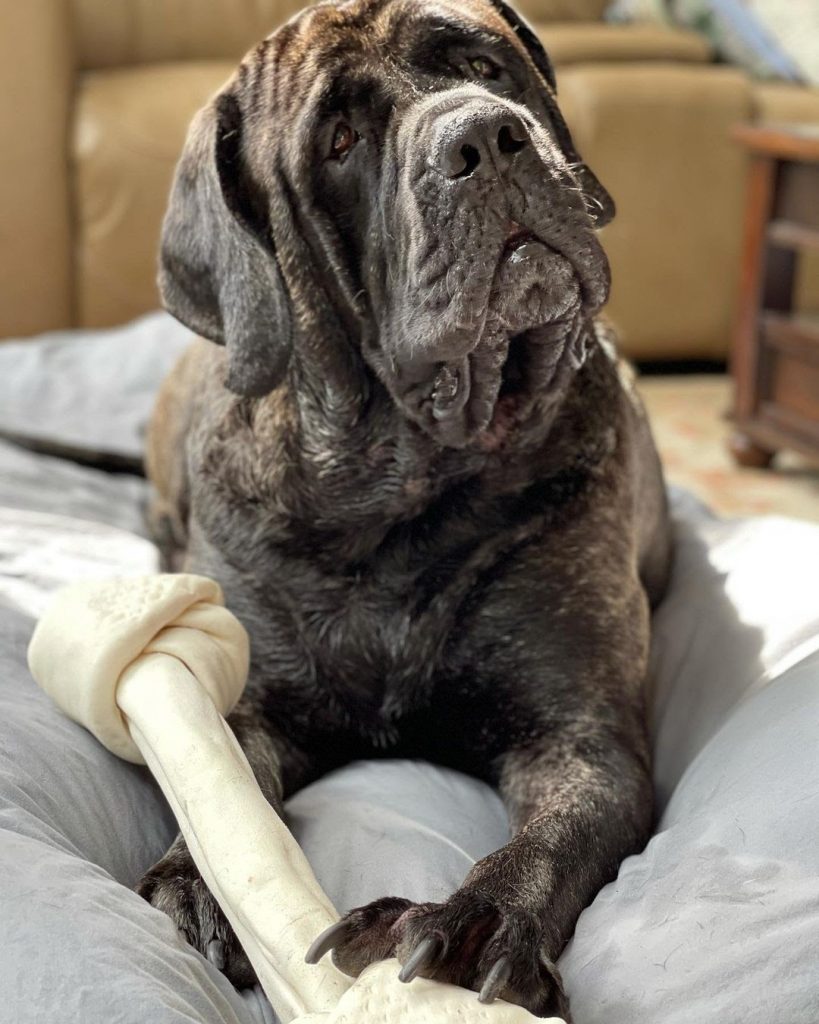

- Kublai Khan used to own a kennel of 5,000 English Mastiffs!
- They have a low aggression level.
- They are expensive to feed due to their size.
- The English Mastiff is a notorious drooler!
- Their prey drive is high when they see smaller animals.
Great Dane
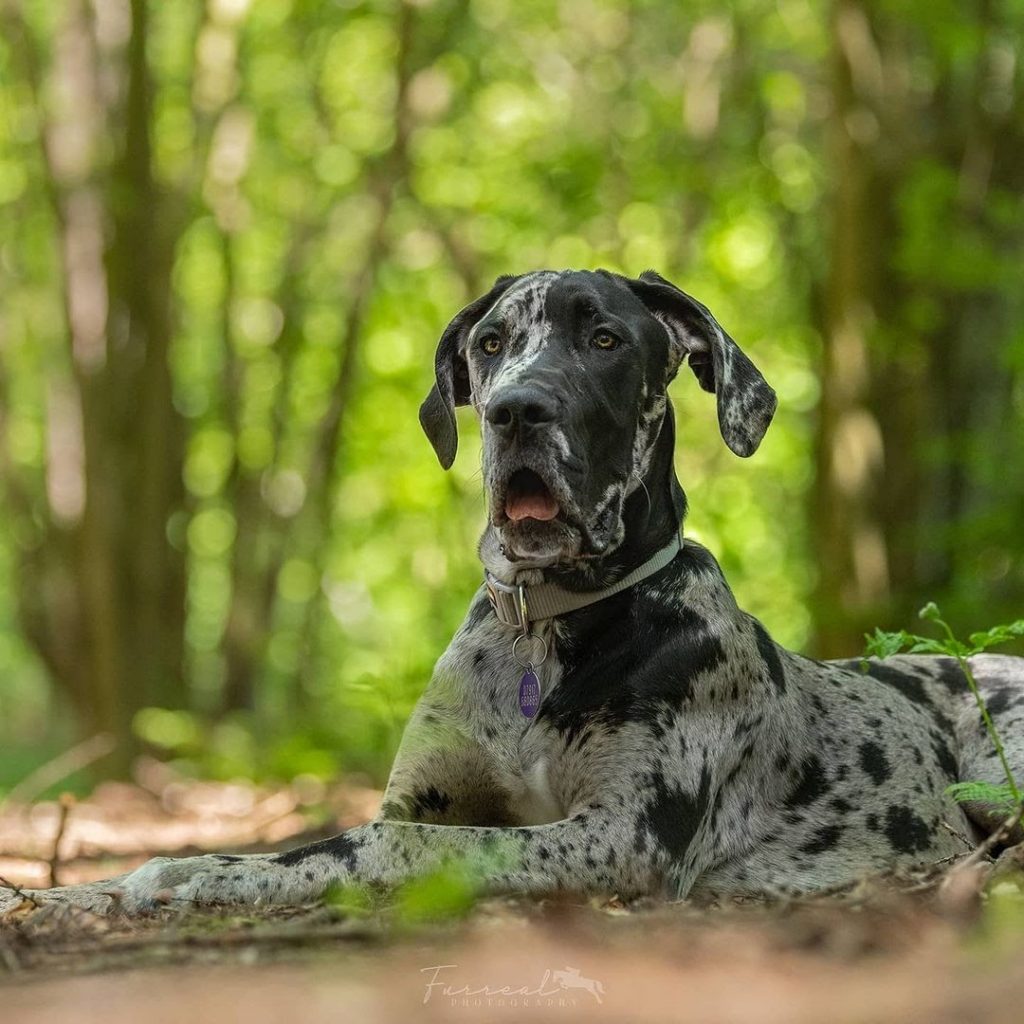

- Scooby-Doo is a Great Dane.
- Juliana, the Great Dane, diffused a bomb in 1941 by peeing on it.
- The Great Dane is the official state dog of Pennsylvania.
- They are bred to work.
- The tallest dog in history was a Great Dane named Zeus as he reached a whopping 44 inches in height at withers!
Which Mastiff Should I Get?
What are your preferences?
The Great Dane has a leaner look, but both appear to be sporty. If you love bulky dogs, the English Mastiff wins the trophy. If you love outdoor activities, the Great Dane can accompany you without the fear of damaging his joints. However, the Mastiff resonates with those who prefer peaceful walks.
Whichever of the two you choose, both are great family protectors. Their affection often shows every time they forget about their mass and act like lap dogs!
